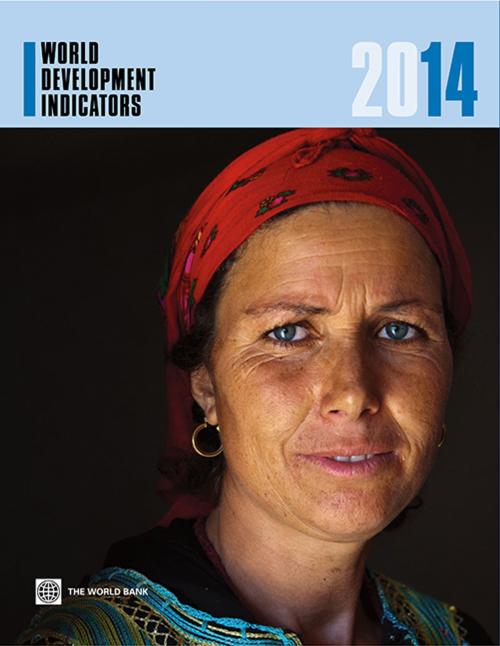World Development Indicators 2014
Business & Finance, Economics, Economic Development, Business Reference| Author: | World Bank | ISBN: | 9781464801648 |
| Publisher: | World Bank Publications | Publication: | May 9, 2014 |
| Imprint: | Language: | English |
| Author: | World Bank |
| ISBN: | 9781464801648 |
| Publisher: | World Bank Publications |
| Publication: | May 9, 2014 |
| Imprint: | |
| Language: | English |
World Development Indicators 2014 provides a compilation of relevant, high-quality, and internationally comparable statistics about global development and the fight against poverty. It is intended to help users of all kinds—policymakers, students, analysts, professors, program managers, and citizens—find and use data related to all aspects of development, including those that help monitor and understand progress toward the two goals. Six themes are used to organize indicators—world view, people, environment, economy, states and markets, and global links. As in past editions, World view reviews global progress toward the Millennium Development Goals (MDGs) and provides key indicators related to poverty. A complementary online data analysis tool is available this year to allow readers to further investigate global, regional, and country progress on the MDGs: http://data.worldbank.org/mdgs. Each of the remaining sections includes an introduction; six stories highlighting specific global, regional or country trends; and a table of the most relevant and popular indicators for that theme, together with a discussion of indicator compilation methodology.
World Development Indicators 2014 provides a compilation of relevant, high-quality, and internationally comparable statistics about global development and the fight against poverty. It is intended to help users of all kinds—policymakers, students, analysts, professors, program managers, and citizens—find and use data related to all aspects of development, including those that help monitor and understand progress toward the two goals. Six themes are used to organize indicators—world view, people, environment, economy, states and markets, and global links. As in past editions, World view reviews global progress toward the Millennium Development Goals (MDGs) and provides key indicators related to poverty. A complementary online data analysis tool is available this year to allow readers to further investigate global, regional, and country progress on the MDGs: http://data.worldbank.org/mdgs. Each of the remaining sections includes an introduction; six stories highlighting specific global, regional or country trends; and a table of the most relevant and popular indicators for that theme, together with a discussion of indicator compilation methodology.















